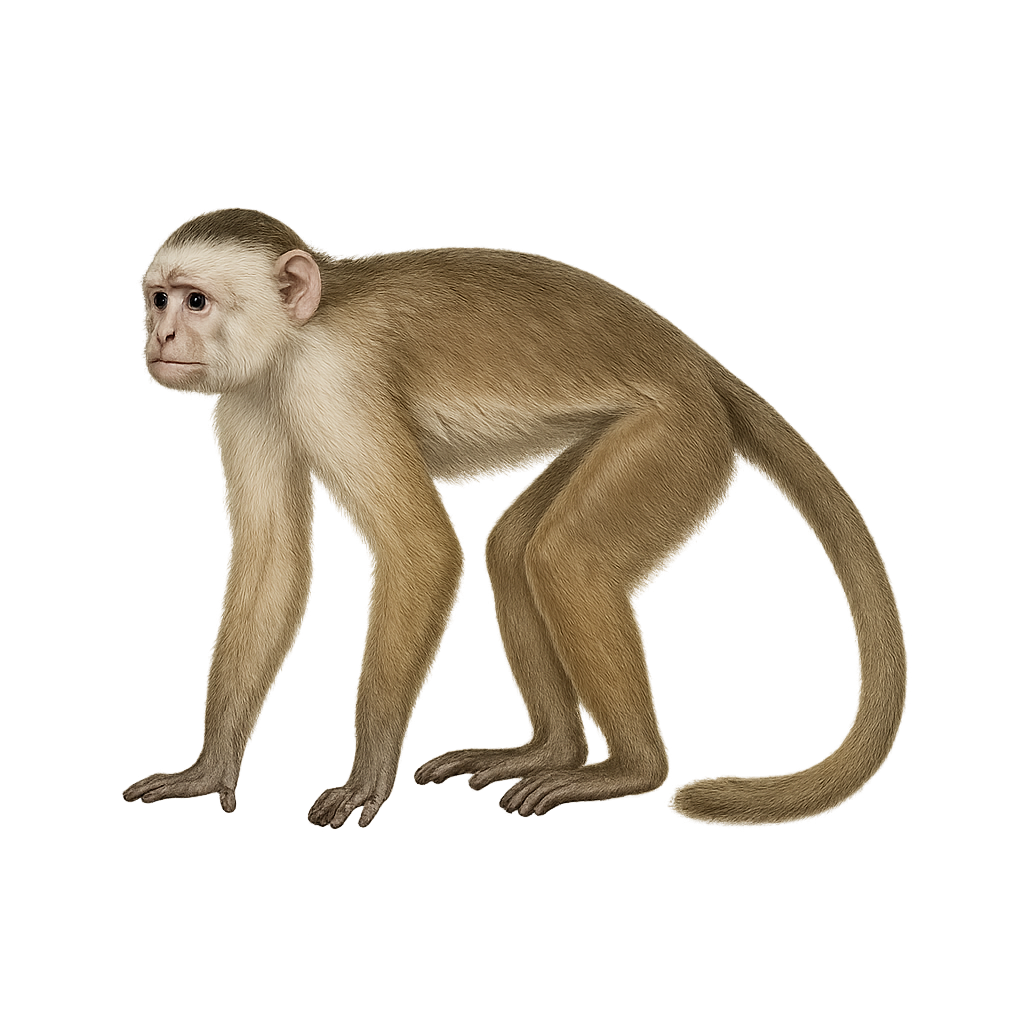Your wildlife photography guide.
Explore the white-fronted capuchin in detail, study its behavior, prepare your shots.
Where to observe and photograph the white-fronted capuchin in the wild
Learn where and when to spot the white-fronted capuchin in the wild, how to identify the species based on distinctive features, and what natural environments it inhabits. The WildlifePhotographer app offers tailored photography tips that reflect the white-fronted capuchin’s behavior, helping you capture better wildlife images. Explore the full species profile for key information including description, habitat, active periods, and approach techniques.
White-fronted capuchin
Scientific name: Cebus albifrons

IUCN Status: Least Concern
Family: CEBIDAE
Group: Mammals
Sensitivity to human approach: Suspicious
Minimum approach distance: 10 m
Rut period: March to May
Gestation: 160-180 jours
Births: August to November
Habitat:
Tropical forests, rainforests, secondary forests
Activity period :
Primarily active during the day, with peak activity in the morning and late afternoon.
Identification and description:
The Cebus albifrons, or white-fronted capuchin, is a New World monkey found in the tropical forests of South America. It is easily recognized by its light brown fur and distinctive white face. These primates are highly social, living in groups of up to 30 individuals. They are omnivorous, feeding on fruits, insects, small vertebrates, and occasionally leaves. Their intelligence is remarkable, and they use tools to access food. Although primarily arboreal, they sometimes descend to the ground to forage. Their habitat is threatened by deforestation, impacting their population.
Recommended lens:
400 mm – adjust based on distance, desired framing (portrait or habitat), and approach conditions.
Photography tips:
To photograph the white-fronted capuchin, it is advisable to use a 400mm or longer telephoto lens to capture detailed images without disturbing the animal. Look for moments when they interact in groups or use tools, as this highlights their social behavior and intelligence. The natural light in the forest can be limited, so adjust your ISO settings accordingly to avoid motion blur.
The WildlifePhotographer App is coming soon!
Be the first to explore the best nature spots, track rutting seasons, log your observations, and observe more wildlife.
Already 1 431 wildlife lovers subscribed worldwide

